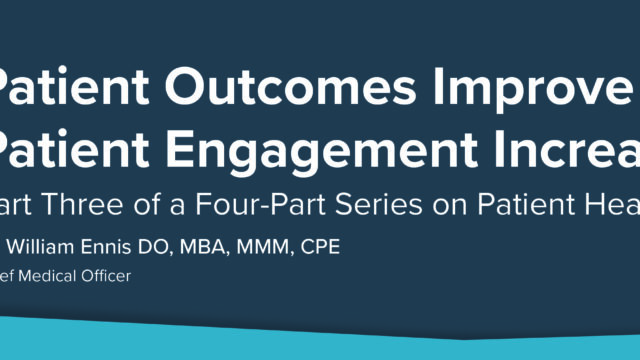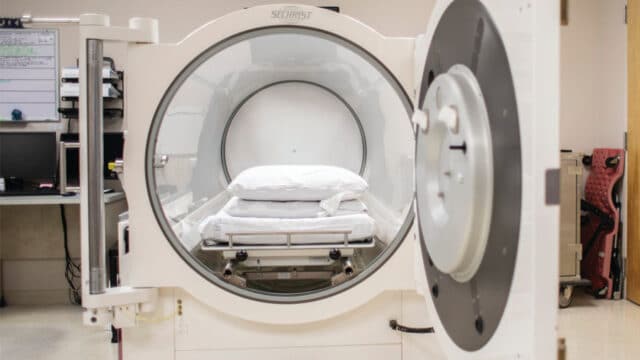Advanced Modalities, Including Debridement, Improve Patient Outcomes
Written by Healogics Chief Medical Officer, Dr. William Ennis.

Healogics mission to advance wound healing includes ongoing research to improve healing rates for patients who entrust us with their care. Our proprietary data, along with analysis of respected medical literature, has revealed four factors that affect patient healing trajectories across all stages of healing. These four factors are: Frequent/Regular Patient Visits, Preventing Stalled Wounds, Increasing Patient Engagement and Utilizing Advanced Modalities. You can read and download all four white papers here.
Our most recent white paper, The Use of Modalities in Wound Care Part 1: Debridement, we review the use of debridement as the first of several advanced modalities that comprise our fourth lever for reducing unwarranted clinical variability and increasing patient healing rates.
This white paper highlights the most quoted and influential study on the subject of debridement, reviews prior Healogics data and analyzes recent cases from the Healogics database and current medical literature.
The necessity of debridement has been debated for hundreds of years. Our research shows that debridement creates a better healing environment for the wound and increases positive healing outcomes when performed at least once compared to patients that never received debridement. These findings were most notable for the most complex wounds including arterial, pressure and diabetic grades 3, 4 and 5.
As leaders in wound care, we are improving patient experiences as well as healing outcomes by providing educational tools and easy-to-read information about wound types and wound care. You can find patient-focused resources at our 2021 The Year of Healing webpage here or read more about our Wound Science Initiative research here.
Take care and be well.
Bill Ennis, CMO Healogics
To learn more about how Healogics research is improving patient outcomes, read additional articles in this four-part series:
- Patient visit frequency is discussed in the blog post, Patient Outcomes Improve When Scheduled Appointments Are Kept, and white paper, “Reducing Unwarranted Clinical Variability through Patient Visit Frequency.”
- How stalled wounds affect healing is discussed in the blog post, Prevent Stalled Wounds to Improve Patient Outcomes, and the white paper, “The Impact of Stalled Wounds on Patient Outcomes.”
- Patient engagement is discussed in the blog post, Patient Outcomes Improve When Patient Engagement Increases, and the white paper, “Engagement, an Old Concept, Has a Big Impact on Unwarranted Variability and Healing.”



